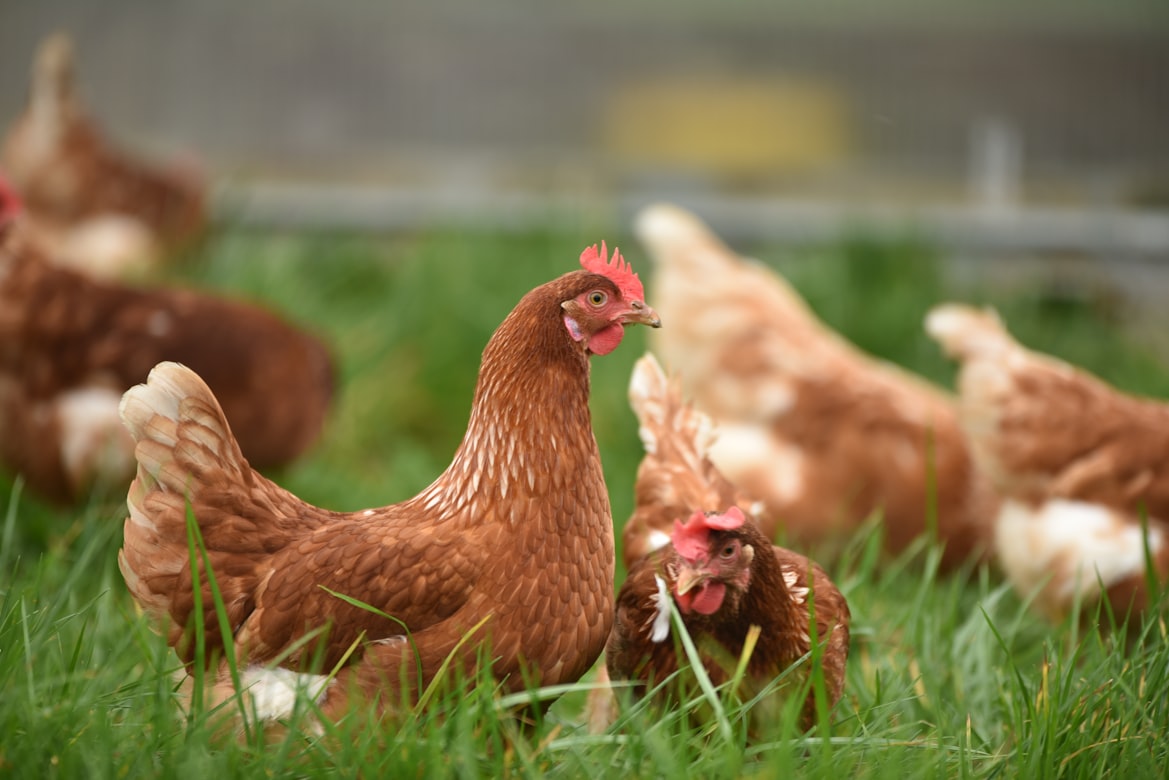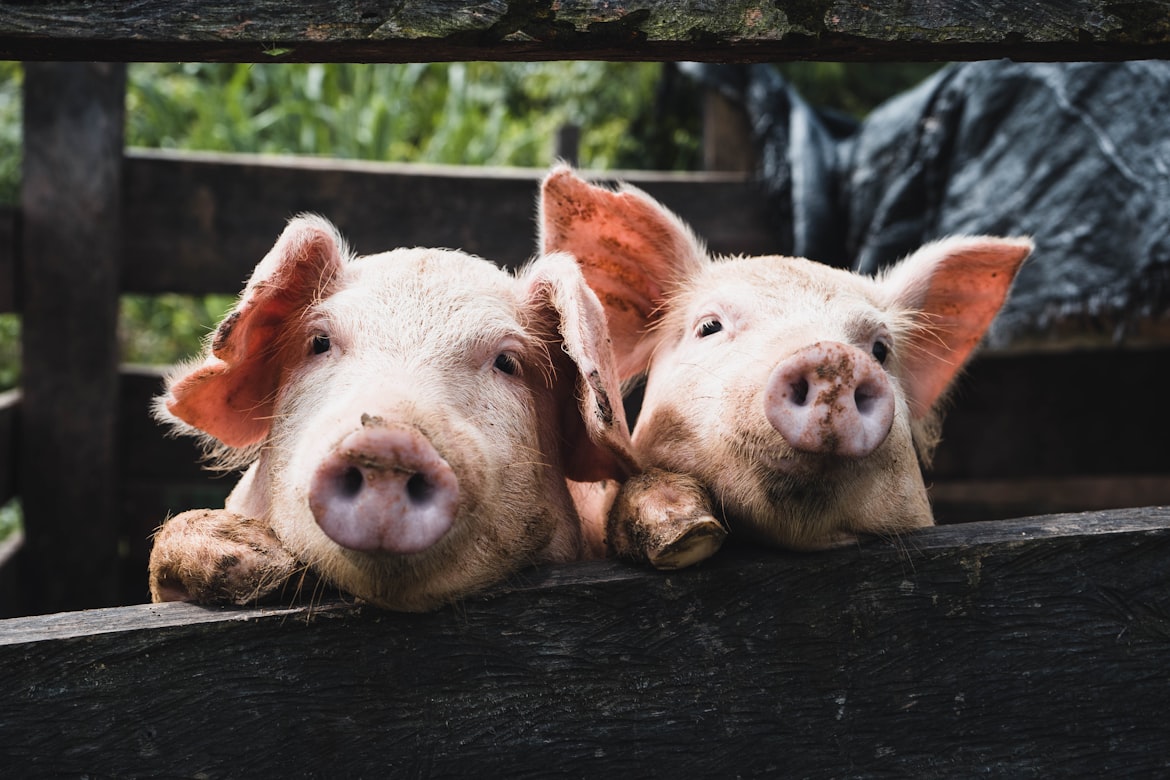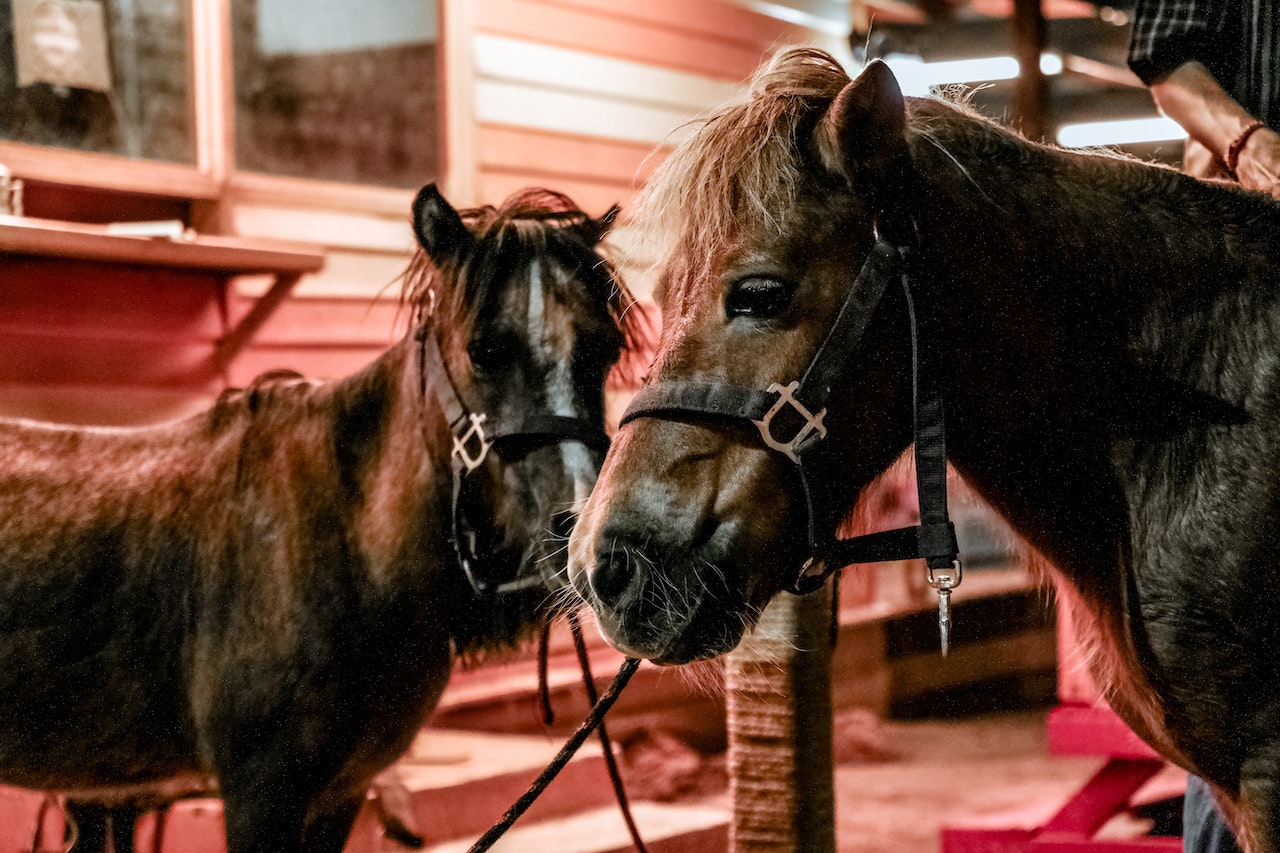Farm animals come in all shapes and sizes, but we usually think of the same few kinds when we imagine a farmyard—cows, pigs, chickens, sheep, and maybe horses. But did you know that farms also use bison? How about emus or camels? In fact, there are hundreds of different types of farm animals used around the world to produce food, clothing, and other products; some animals are still common while others have been lost to history. Here’s our list of 10 animals you didn’t know were used on farms—read on to learn more!
1) Chickens

Chickens are bred for meat, eggs, and feathers. Chickens used to produce meat are called broilers. They make up the vast majority of chickens killed for food each year. Laying hens produce eggs and featherless chickens, known as fryers or roasters, produce meat.
2) Fish
Many people, particularly in the Western world, don’t think about fish as an animal that could be farmed. However, there are plenty of ways to farm fish, from tilapia and trout to more exotic species like seahorses and bluefin tuna. Fishes are often used for their meat or eggs; some types of fish are also harvested for their skin, scales, or fins.
3) Pigs

Pigs are some of the most commonly used animals in farming. For example, there are more than a billion pigs currently living on farms around the world. Pigs also produce more meat per animal than any other farmed animal. The average pig produces about 12 times as much meat as cattle per year, and about 25 times as much meat as sheep or poultry.
Pigs can be raised for both their meat and their pork by-products, such as lard, ham, bacon and sausage.
4) Cows
Cows are used for their milk and sometimes their meat. Dairy cows produce milk and male cows that have not been raised to be beef cattle are slaughtered when they are no longer producing enough milk. Cows can live up to 20 years, but the average cow is slaughtered at around four years of age. Dairy cows will produce up to eight gallons of milk a day, so they need to be fed a diet that consists mostly of hay or pasture grasses, as well as grain supplements.
5) Goats

-Goats are used on farms to provide milk. -The average goat produces about six gallons of milk a day, which means that an animal has the capacity to produce twice as much milk as a cow in one year. -Goats are also used as livestock for their meat and skin.
6) Sheep
Sheep are bred for their meat, wool, and milk. They are also used for their byproducts like lanolin, which is extracted from the sheep’s wool to make lip balm, lotion and other cosmetics. Sheep can produce up to eight pounds of wool each year.
7) Rabbits

Rabbits are one of the most common animals used on farms. They’re often raised for their meat, fur, and even to be sold as pets. Rabbists are also used because they have a high reproduction rate and can be raised in confined quarters.
8) Ducks
Ducks are an animal that you may not know is used on farms. Ducks are raised for their eggs and their meat. Every year, the ducks’ eggs are collected and sold to restaurants and grocery stores, while their meat is sold locally or exported all over the world. Ducks live a life of comfort in confinement and they have plenty of space to roam around in their pen.
9) Geese

Geese are used as a method of pest control. They’re often released into fields to eat up the bugs in the grass and to scare off birds that might otherwise be damaging crops. Geese are also used for their meat and eggs. The eggs are an excellent source of protein, which is why they’re so popular among athletes and those who want to lose weight or maintain a healthy weight.
10) Turkeys
Turkeys are a popular Thanksgiving and Christmas dish. However, most people don’t know that turkeys are actually farmed as well as hunted. The turkey is the second largest animal raised on farms in North America, behind chickens. There are about 1 million turkeys raised for food in Canada each year, with the majority of them raised for Thanksgiving and Christmas dinner tables. Turkeys were first domesticated in the 1600s to provide meat for pilgrims traveling to the new world.

